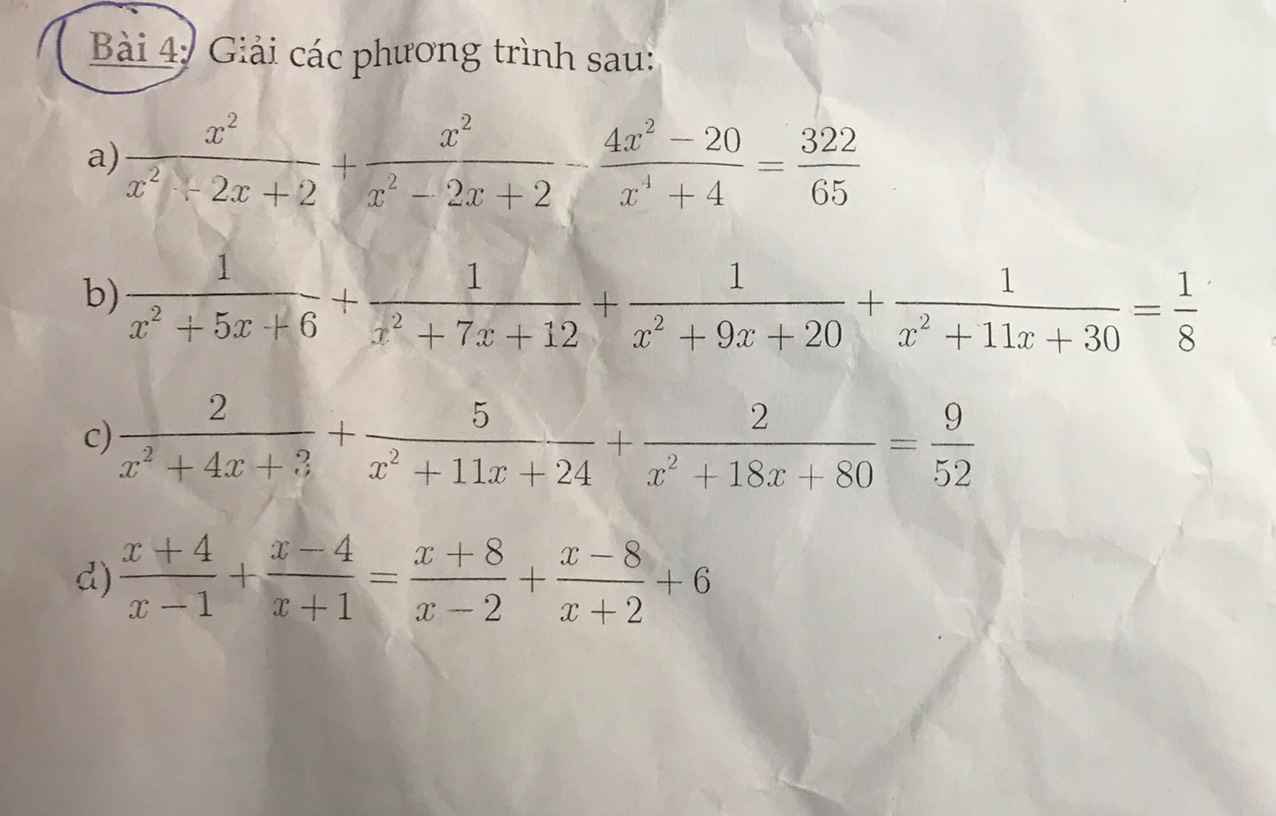Cho tam giác ABC nhọn, đường cao AH. Gọi D và E lần lượt là hình chiếu của điểm H lên AB, AC.
a) Giả sử BH = 6 cm, BD = 3,6 cm. Tính độ dài các cạnh AB, AD, AH, DH và tính số đo B. (Góc làm tròn đến phút)
b) Chứng minh tam giác ADE đồng dạng với tam giác ACB.
c) Chứng minh cot HAC + cot ACB = AC HE
d) Chứng minh SAADE = sin²B.sin²C
chỉ cần làm c,d


